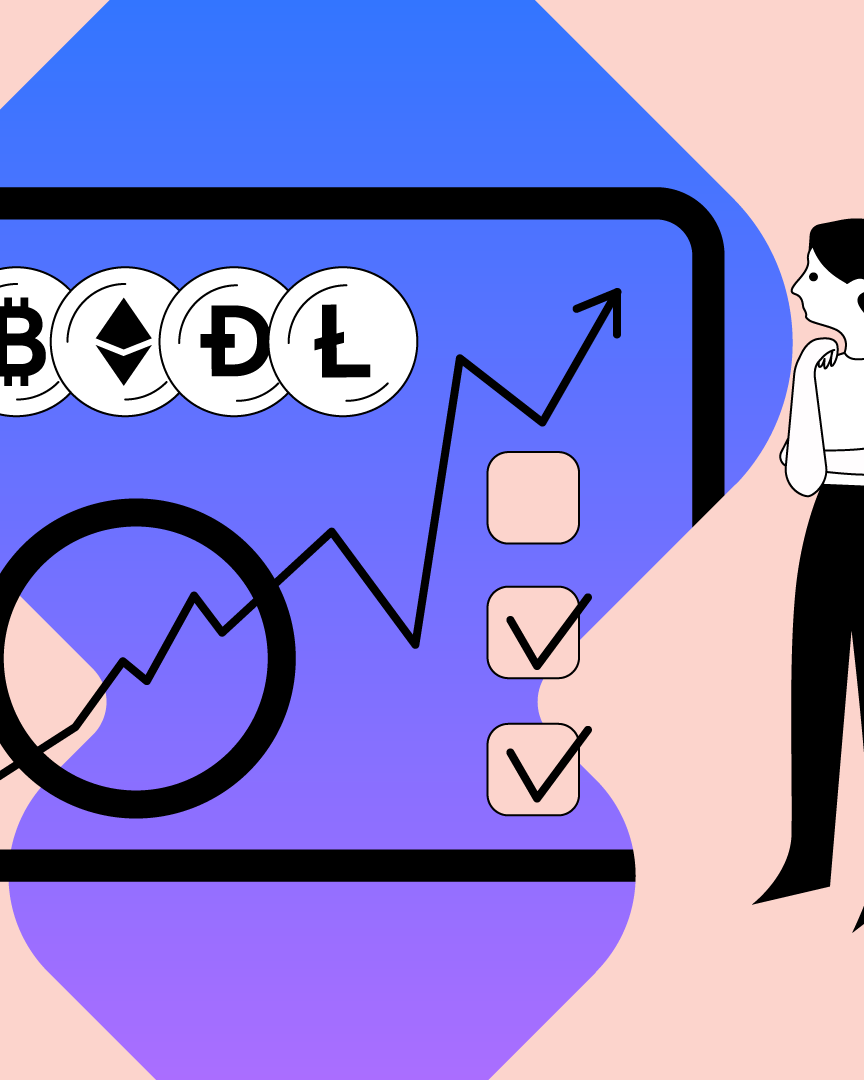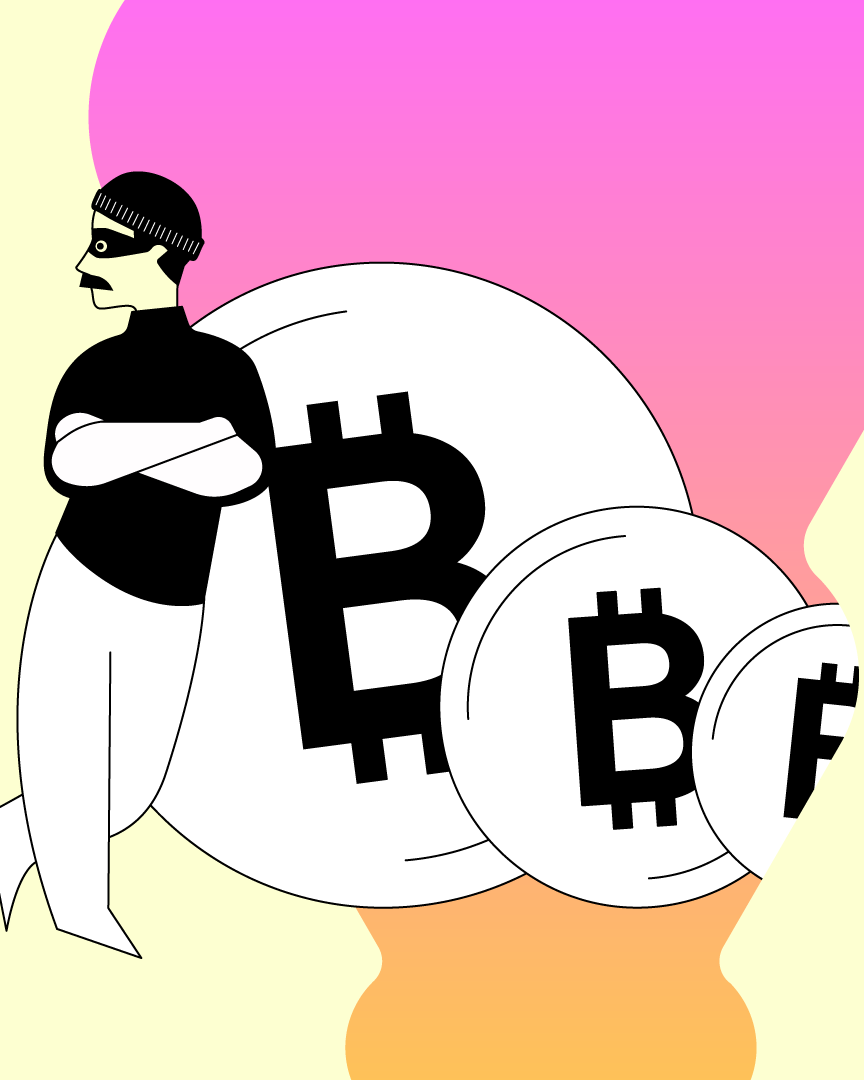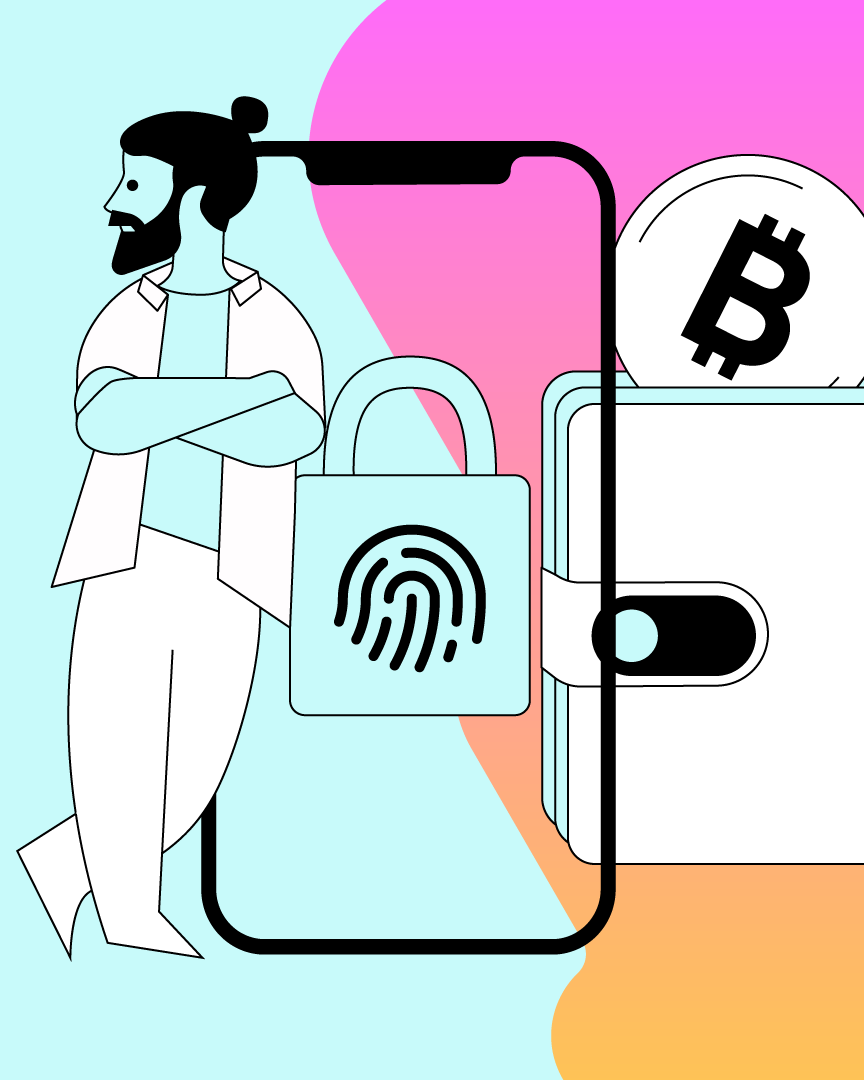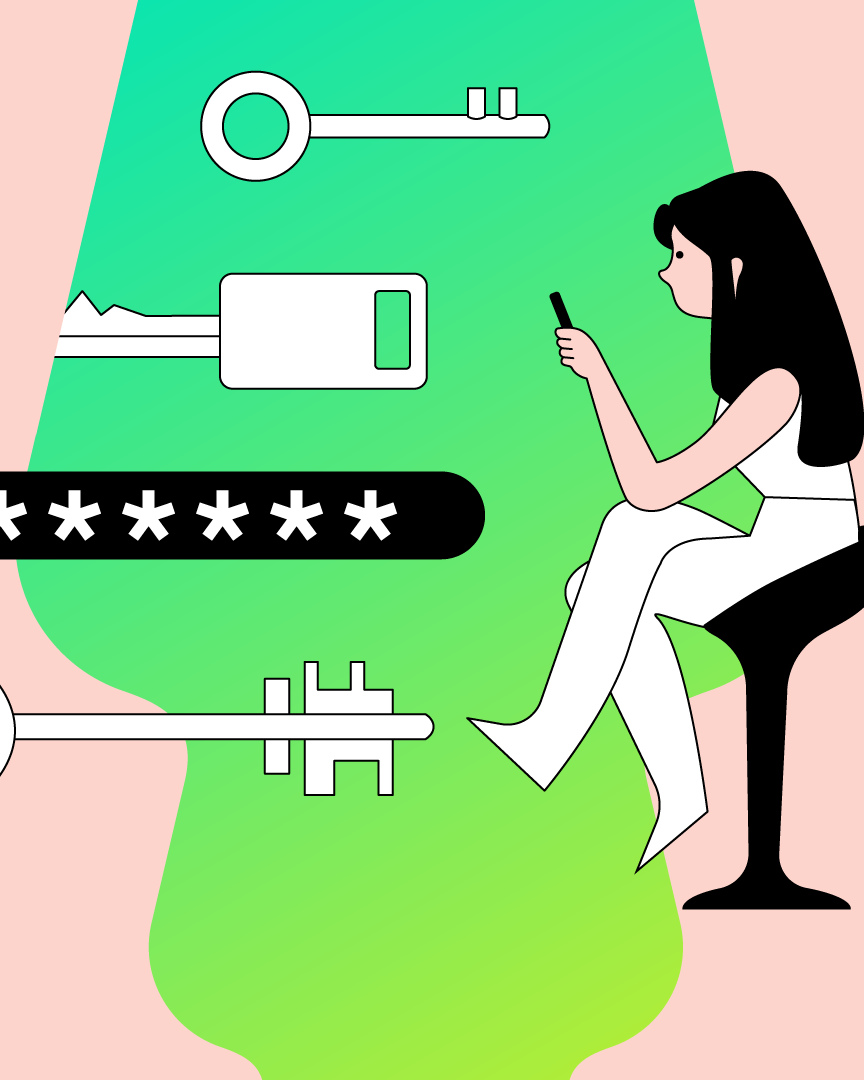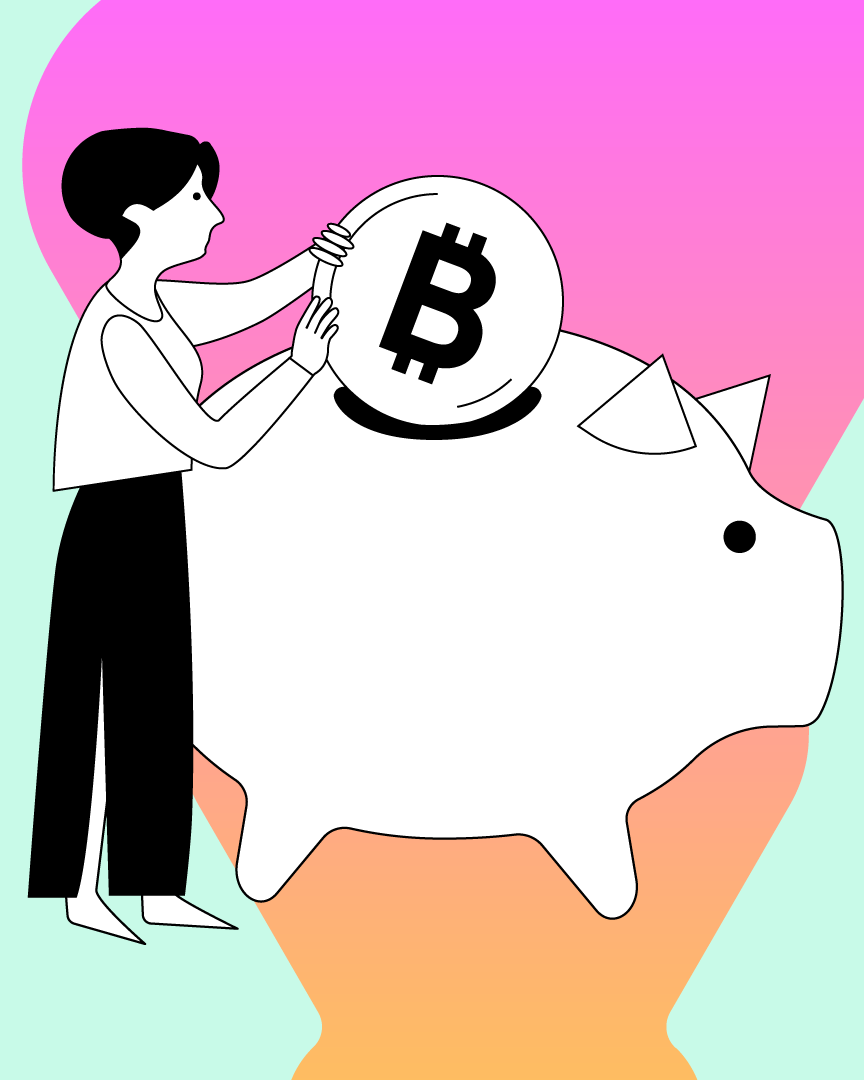2.14 What are the common cryptocurrency scams?
This lesson discusses common cryptocurrency scams in detail.

The cryptocurrency industry has matured significantly since the creation of Bitcoin in 2008. The increasing popularity is also attracting several frauds and scams in the crypto space.
Blockchain, the underlying technology of cryptocurrencies, is one of the most secure and tamper-proof technology available today. However, there are multiple techniques used by malicious actors to take advantage of crypto users. Considering the significant development of digital currencies in the past few years, it is very important to get the awareness of various scams in the industry to avoid them in all possible ways.
This lesson discusses common cryptocurrency scams in detail.
Contents
- Major cryptocurrency scams
- How to avoid crypto scams?
Major cryptocurrency scams
Let us go through some of the common cryptocurrency scams.
Ponzi schemes
Though Ponzi schemes are much older than virtual currencies, they still found a way to enter the crypto industry.
The Ponzi scheme doesn’t have any product or an underlying structure. It is a way of extracting money from investors by promising them high returns. The existing investors will be paid with the money that was brought in from the new investors.
Operators of the Ponzi scheme lure investors by promising them ‘get rich quick schemes’ or ‘high rate of returns in a short span’. They take funds from the new investors and pay the rate of return to old investors. It is basically robbing Peter to pay Paul. This way, the scam continues and in the end, the operators will runoff by taking huge amounts.
Several Initial Coin Offerings (ICOs) in the cryptocurrency industry were Ponzi schemes. ICOs introduce a new coin or token to the industry and convince investors to buy their token. Once it gains momentum and brings in more users, the founders will leave with the investors’ funds.
Phishing scams
Phishing scams have also existed for a long time and they can be used in multiple different ways. They are very common in every sector and are not unique to the cryptocurrency industry.
The major goal of a phishing scam is to get the sensitive or private data of the users so that the hacker can get access to their crypto funds. Phishing scams are also used to get access to online bank accounts, email accounts, and various other password-protected accounts.
In a phishing scam, the hackers search for the private data of users with the help of various sources like emails, telephone, fake websites, and social media platforms, etc. Phishing emails will be sent to the users asking them to open a link that takes them to an external website and requests to fill in their private data. Sometimes, the hackers use a domain address that is very close to the address of an official crypto platform. Once the attacker gets the credentials, they can easily steal the crypto funds of users.
Social media cryptocurrency scams
Cryptocurrency scams in social media have become very common these days. Digital currencies are highly volatile and it is obvious to feel fear of missing out on huge profits if we don’t enter the industry as soon as possible. Scammers take this sentiment as an opportunity to rob the new investors.
Across all social media like YouTube, Facebook, Twitter, Telegram, Instagram, it became almost impossible to differentiate genuine posts, events, ads from fake ones. There are multiple cases where fake tweets were posted in the name of popular individuals like Elon Musk, Jeff Bezos, Joe Biden promising to give away 5x for sending 1 BTC or 1 ETH to their wallet address. Hackers also create fake accounts with the names of popular crypto platforms on channels like Telegram and ask the sensitive information of the users to get the funds.
Pump and dump scams
Unethical market practices like pump and dump schemes are now gaining prevalence in the crypto industry. In this scam, a group of traders or an individual manipulate the price of a specific token by buying the coin in a large amount. At the same time, the coin is also promoted on several channels through social media. This leads to other users buying the token and further escalating its price.
Just when it reaches a threshold, the group of traders dump the coin causing a sharp decline in its price. The traders who initiated the pump are the only individuals making the profit while leaving other traders in complete losses.
Fake wallets and exchanges
Fake wallet applications are designed to scam crypto users. These apps make the users deposit their BTC or ETH by presenting a promotional offer or bonus incentive. Once the user sends the funds, they will never be able to get back their incentive or original funds.
Fraud crypto exchanges draw customers in by offering benefits like low transaction fees, discounts, etc. Once the user deposits their funds into the exchange, they make it difficult to withdraw. Some fake crypto exchanges earn commission by listing fraudulent ICO tokens on their platform.
Though there is a huge development in the crypto industry, it is still in the early stages. So, it is more prone to different types of scams and thefts. However, by practicing strict precautionary methods, users can avoid scams and safeguard their funds.
How to avoid crypto scams?
Performing due diligence never goes out of style to consider all the risks involved in trading virtual currencies.
Let us go through some of the practices to avoid crypto scams.
- Do your own research before investing in a project, exchange, ICO, wallet, etc.
- Verify the details of new projects by going through the whitepaper, tokenomics, profiles of founders, etc before considering them.
- Do not share your credentials like log-in IDs, passwords, seed words to anyone even if they claim to be the officials of your exchange website.
- Use anti-phishing software to block malicious websites and update your antivirus software regularly.
- Never trust ‘get rich quick’ schemes that you found on any website or social media page.
- While sending crypto, check the recipient address multiple times to make sure it is correct.
- Check for red flags. Do not enter your details if the URL, logo, interface of the website seem unusual.
- Enable additional security measures like 2-factor authentication.
It is always better to be safe than sorry. So remember to exercise extra caution before making any investment decisions.
FR
This material does not constitute investment advice, nor is it an offer or solicitation to purchase any cryptocurrency assets.
This material is for general informational and educational purposes only and, to that extent, makes no warranty as to, nor should it be construed as such, regarding the reliability, accuracy, completeness or correctness of the materials or opinions contained herein.
Certain statements in this educational material may relate to future expectations that are based on our current views and assumptions and involve uncertainties that could cause actual results, performance or events to differ from those statements.
BB Trade Estonia OU and its representatives and those working directly or indirectly with BB Trade Estonia OU do not accept any liability arising from this article.
Please note that investing in cryptocurrency assets carries risks in addition to the opportunities described above.













